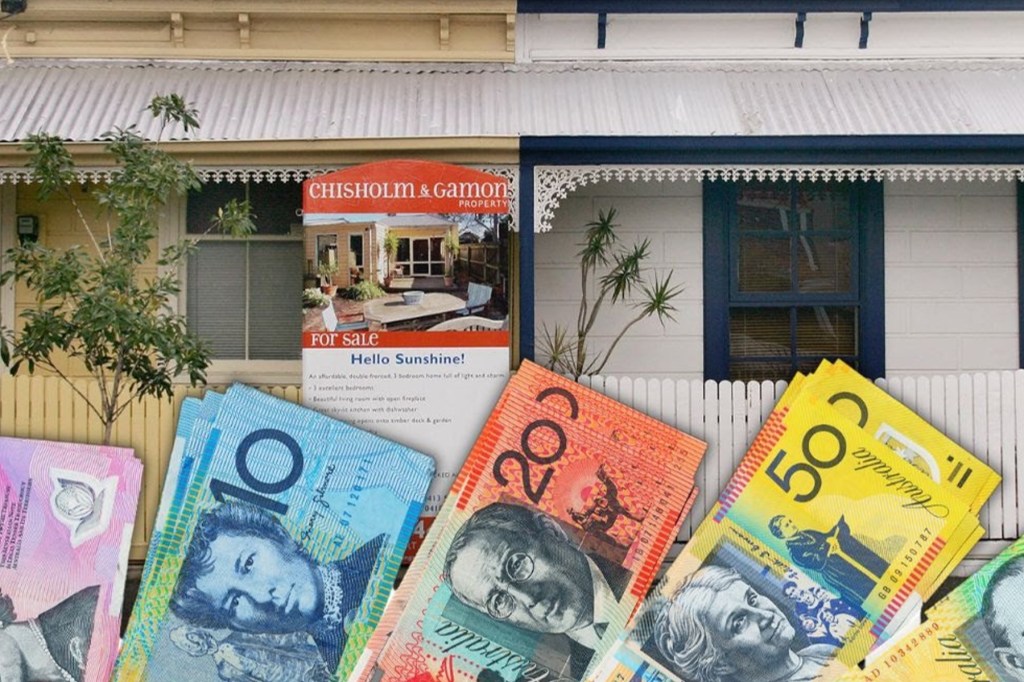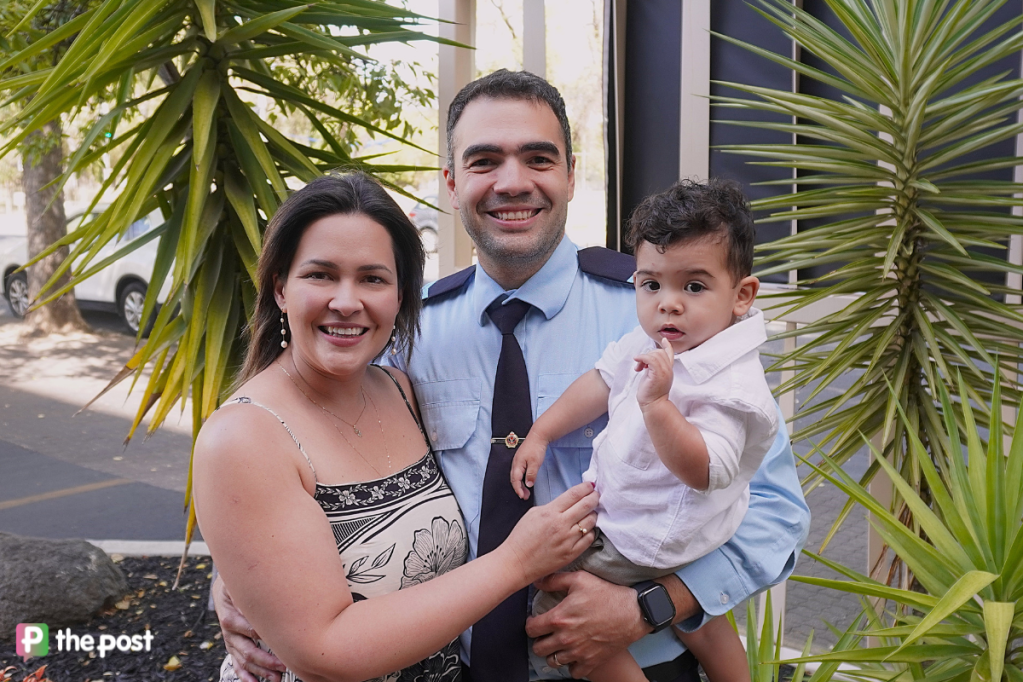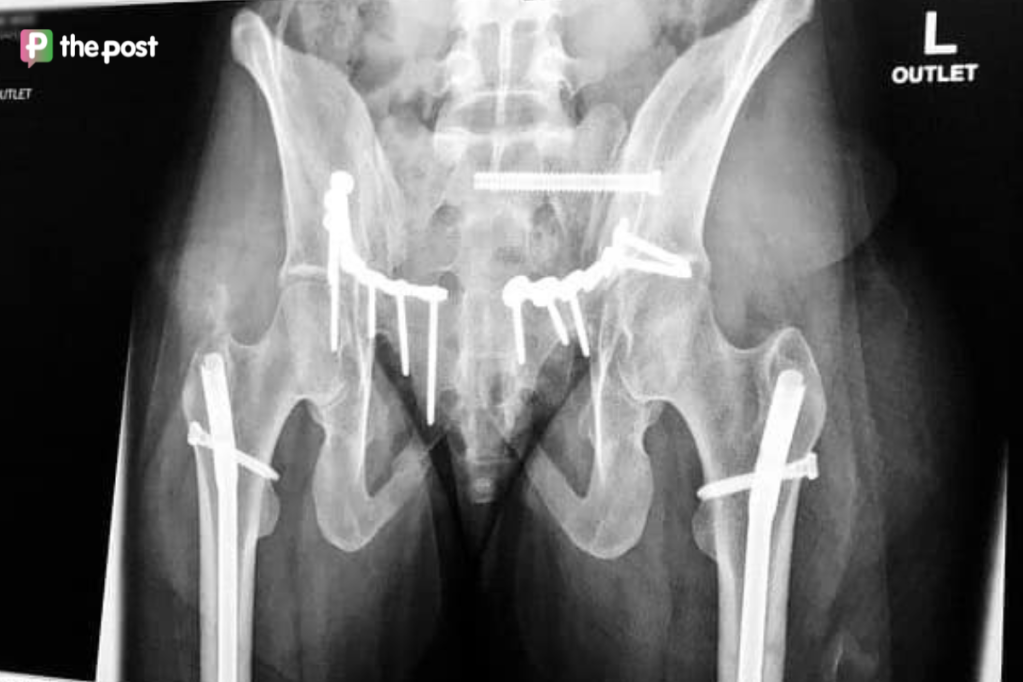Gravity-defying home prices finally coming down

House values have dropped nationally for the first time in nearly two years, which could set the tone for the housing market in 2025, according to a property data firm.
After going through the roof in 2024, CoreLogic’s latest Home Value Index (HVI) showed a 0.1 per cent fall in December.
It was the first time national values had dropped since February 2023 and followed a flat result in November 2024.
Across the year, however, values finished 4.9 per cent higher, with the median sitting at $814,837.
The annual upsurge added about $38,000 to the median value of a home.
Three capital cities recorded the biggest declines in values across 2024 — Melbourne (down three per cent), Hobart (down 0.6 per cent) and the ACT (down 0.4 per cent).
At the other end of the spectrum, Perth (up 19.1 per cent), Adelaide (up 13.1 per cent) and Brisbane (up 11.2 per cent) had the largest annual gains.
CoreLogic research director Tim Lawless said anticipated interest rate cuts in 2025 would likely see national values creep up again, but any bounce-back would be modest.
You might like
Only a shallow round of interest rate cuts was expected by economists, he explained.
This would leave the cash rate well above the pre-pandemic decade average of 2.55 per cent.
Affordability was already near its limits, particularly in Sydney and Adelaide, he said.
“It’s hard to see the housing market responding overly positively when we do have housing affordability quite stretched,” he said.
For nearly two years from February 2023 to October 2024, house values defied gravity despite the Reserve Bank repeatedly hiking up interest rates to combat rampant inflation.
Lawless said the price growth clocked over that period was surprising given constrained borrowing capacity and cost-of-living pressures.
However he said the slight dip in December was not surprising and indicated the housing market was finally catching up with the “reality of market dynamics”.
“Growth in housing values has been consistently weakening through the second half of the year, as affordability constraints weighed on buyer demand and advertised supply levels trended higher,” he said.
In the December quarter, Adelaide overtook Perth as the strongest market, with values up 2.1 per cent versus 1.9 per cent in Perth and 1.3 per cent in Brisbane.
“Extremely low advertised stock levels have continued to support strong growth conditions across Adelaide, with stock levels tracking -34 per cent below the previous five-year average in mid-December,” said Lawless.
Stay informed, daily
“Perth, on the other hand, has seen a clear lift in advertised supply, which has provided buyers with more choice and less urgency, supporting a sharper slowdown in value growth relative to Adelaide.”
Regional markets fared a little better than the major cities, with the combined regionals up a modest 0.2 per cent over the month and six per cent annually compared to 4.5 per cent for the combined capitals.
Regional annual growth was dominated by Western Australia (16.1 per cent), South Australia (12.5 per cent) and Qld (10.5 per cent).
Regional Victoria and the NT were down -2.7 per cent and -4.7 per cent respectively.
In a welcome development for financially-stretched renters, the 4.8 per cent rise in rents over the calendar year was the smallest annual lift since the 12 months ending March 2021.
Despite rents starting to stabilise as overseas migration returns to more normal levels and household sizes trend higher, annual growth is still double the two per cent pre-pandemic average.
AMP chief economist Shane Oliver was expecting a “year of two halves” for the property market, with weakness in the first six months off the back of still-elevated interest rates and rising unemployment.
By the second half of 2025, he expected lower interest rates to finally start boosting consumer confidence and demand for housing, pushing prices higher.
“With prices having risen over the last two years, taking them to record levels relative to average incomes despite rising and ‘high’ mortgage rates … it’s possible that the housing market has already moved ahead of future interest rate cuts,” Oliver wrote in a note.
“So it may take longer for the start of rate cuts to boost prices, particularly if unemployment starts to rise significantly.”
He had a three per cent increase in national home values pencilled in for 2025, down from the 4.9 per cent gain in the past calendar year.
“Divergence is likely to remain across Australia, with continued stronger but slowing conditions in Adelaide and Perth and weaker conditions in other cities, including further modest price falls in Sydney, Melbourne, Canberra and Hobart,” he said.
A slight decline in Brisbane residential property prices might eventuate, he added.
-with AAP









